- No products in the cart.
Inspra tab n / 50mg film about 30 pc

Efoksa 20 Table 20 mg 50 pcs up.kont.yach.pach.kart.
$2.95
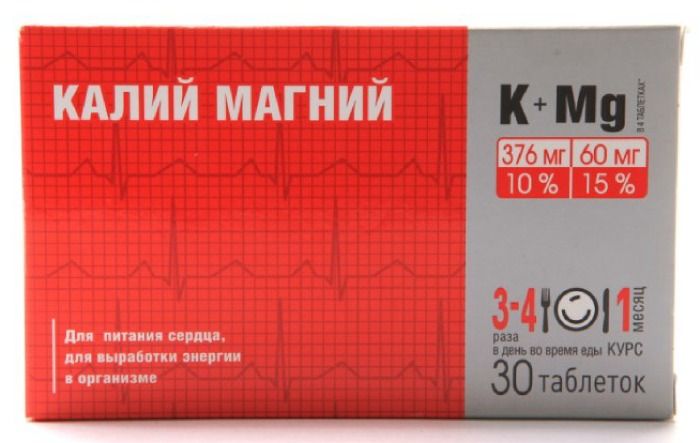
Potassium magnesium Table 30 pcs Bad WTF
$4.71
$67.14
Inspra tab n / 50mg film about 30 pc
Description
Composition
Active substance:
1 tablet contains: eplerenone 25 mg or 50 ;.
Excipients:
Lactose monohydrate, microcrystalline cellulose, croscarmellose sodium, hypromellose, sodium lauryl sulfate, talc, magnesium stearate; film coating: Opadry Yellow YS-1-12524-A * * contains hypromellose, titanium dioxide, macrogol, polysorbate 80, colourants iron oxide yellow and iron oxide red.
Description:
25 mg Tablets: yellow diamond-shaped tablets, coated with «NSR» inscription of the number “25” on one side and «Pfizer» on the other side; 50 mg tablets: yellow diamond-shaped tablets, coated tablets, labeled «NSR» over the numeral “50” on one side and «Pfizer» on the other side.
Product form:
Coated tablets of 25 mg or 50 mg.
14 tablets in a blister; 2 blisters together with instructions for use in a cardboard package.
10 tablets in a blister; 2, 3, 5, 10 or 20 blister packs together with instructions for use in a cardboard package.
Contraindications
– hypersensitivity to eplerenone or other components of the formulation; – clinically significant hyperkalemia; – the concentration of potassium in blood serum at the beginning of treatment more than 5.0 mmol / l; – moderate or severe renal insufficiency – Creatinine clearance (CC) 2.0 mg / dL (or> 177 mg / dL) in men or> 1.8 mg / dL (or> 159 mmol / l) in women.
Be wary – type 2 diabetes and microalbuminuria (see “Special Instructions” section). – simultaneous application of eplerenone and – of ACE inhibitors or angiotensin II receptor antagonists; – preparations containing lithium; – cyclosporine or tacrolimus; – digoxin and warfarin doses close to therapeutic maximum (see “Special Instructions” and “Interaction with other medicinal products.”).
Dosage
50 mg
Indications
Myocardial infarction: as a component of standard therapies, to reduce overall mortality, sudden cardiac death and reduce readmission in patients after myocardial infarction, left ventricular dysfunction (ejection fraction
Chronic heart failure: a component standard of therapy, starting with II functional class of chronic heart failure in combination with ACE inhibitors and beta-blockers to reduce the overall mortality and cardiovascular mortality, reduction of the number of hospitalizations associated with the progression of chronic heart failure with reduced fraction left ventricular ejection (
Interaction with other drugs
pharmacodynamic interactions
Potassium-sparing diuretics and potassium supplements: taking into account the increased risk of hyperkalemia, eplerenone should not be administered to patients receiving potassium-sparing diuretics and potassium supplements (see section “Contraindications”.). Potassium-sparing diuretics may enhance the effects of antihypertensives and other diuretics.
Preparations containing lithium: lithium eplerenone interaction with drugs have not been studied. However, patients treated with preparations of lithium in combination with diuretics and ACE inhibitors, cases increase the concentration of lithium intoxication and described. If such a combination is necessary, it is advisable to monitor the concentration of lithium in blood plasma (see. Section “Special Instructions”).
Cyclosporine, takrolumus: cyclosporine and tacrolimus can cause impaired renal function and increase the risk of hyperkalemia. It should avoid the simultaneous use of eplerenone and cyclosporin or tacrolimus. If during treatment with eplerenone require administration of cyclosporine or tacrolimus, it is recommended to carefully monitor the concentration of potassium in the blood serum and renal function (see. Section “Special Instructions”).
Nonsteroidal anti-inflammatory drugs (NSAIDs): NSAIDs treatment can lead to acute kidney failure due to the direct suppression of glomerular filtration, especially in patients at risk (elderly patients and / or patients with dehydration). When the joint application of these means before and during treatment is necessary to ensure adequate water regime and monitor renal function.
Trimethoprim: the simultaneous use of trimethoprim with eplerenone increases the risk of hyperkalemia. It is recommended to monitor the concentration of potassium in the blood serum and renal function, particularly in patients with renal insufficiency and in the elderly.
ACE inhibitors and angiotensin II receptor antagonists: The use of eplerenone with ACE inhibitors or angiotensin II receptor antagonists must be carefully control the level of serum potassium. Such combination may result in increased risk of hyperkalemia, especially in patients with impaired renal function, including the elderly.
Alpha 1-blockers (prazosin, alfuzosin), while the use of alpha 1-blockers with eplerenone may increase the hypotensive effect and / or increase the risk of orthostatic hypotension, and therefore, it is recommended to monitor blood pressure when changing body position.
Tricyclic antidepressants, neuroleptics, amifostine, baclofen: while the use of these funds with eplerenone may increase the antihypertensive effect and increased risk of orthostatic hypotension.
Glucocorticoids tetrakozaktid: the simultaneous use of these means with eplerenone can lead to sodium retention and liquid.
pharmacokinetic interactions
in vitro studies I indicate that eplerenone does not inhibit isozymes CYP1A2, CYP2C19, CYP2C9, CYP3A4 and of CYP2D6. Eplerenone is not a substrate or inhibitor of glycoprotein P.
Digoxin: AUC digoxin while the use of eplerenone is increased by 16% (90% CI: 4% – 30%). Caution should be exercised if digoxin is used in doses close to the maximum therapeutic.
Warfarin: no clinically significant pharmacokinetic interactions with warfarin have been identified. Care must be taken when warfarin is used in doses close to the maximum therapeutic.
Substrates of CYP3A4 isoenzyme: in special research signs eplerenone pharmacokinetic interactions with substrates of CYP3A4 isoenzyme, e.g., midazolam and cisapride, have been identified.
Inhibitors of the isoenzyme CYP3A4 isoenzyme CYP3A4 potent inhibitors: The use of eplerenone with means inhibiting the CYP3A4 isoenzyme may significant pharmacokinetic interaction. Powerful isoenzyme CYP3A4 inhibitor (ketoconazole 200 mg twice a day) caused an increase in AUC of eplerenone by 441%. The simultaneous use of eplerenone with potent inhibitors of CYP3A4 isoenzyme, such as ketoconazole, itraconazole, ritonavir, nelfinavir, clarithromycin, telithromycin and nefazadon contraindicated (see. The section “Contra ‘). weak and moderate inhibitors of CYP3A4 isoenzyme: simultaneous application of erythromycin, saquinavir, amiodarone, diltiazem, verapamil and fluconazole was accompanied by a significant pharmacokinetic interaction (magnification AUC ranged from 98% to 187%). With the simultaneous use of these means with eplerenone dose of the latter should not exceed 25 mg (see. The section “Method of administration and dose”).
Inducers of CYP3A4 isoenzyme
Simultaneous treatment with tincture of Hypericum (St John`s Wort, a potent inducer of CYP3A4 isoenzyme) with eplerenone caused a decrease in AUC of the last 30%. When applying more powerful inducers of CYP3A4 isoenzyme, such as rifampicin, perhaps more pronounced decrease AUC eplerenone. Given the possible reduction in the efficiency of eplerenone, the simultaneous use of powerful inducers of CYP3A4 isoenzyme (rifampicin, carbamazepine, phenytoin, phenobarbital, St. John’s wort tincture) is not recommended (see. “Special instructions” section).
Antacids: Based on clinical pharmacokinetic studies significant interactions with antacids eplerenone at their simultaneous use is not assumed.
Overdose
Overdose of eplerenone in humans has not been described. The most likely manifestations of overdose may be to reduce blood pressure and hyperkalemia. Eplerenone is not removed in hemodialysis. It was found that eplerenone is actively associated with the activated carbon. At occurrence of symptomatic hypotension must assign maintenance treatment. In the case of hyperkalemia is a standard therapy.
pharmachologic effect
Pharmacological group:
Potassium-sparing diuretic agent.
Pharmacodynamics:
Eplerenone has a high selectivity to the mineralocorticoid receptors in humans unlike the glucocorticoid, progesterone and androgen receptors, and inhibits the binding of the mineralocorticoid aldosterone – key hormone of the renin-angiotensin-aldosterone system (RAAS), which is involved in the regulation of blood pressure (BP) and the pathogenesis cardiovascular -sosudistyh diseases.
Eplerenone is a persistent increase in the concentration of renin in blood plasma and aldosterone in the blood serum. Subsequently, renin secretion is suppressed aldosterone through a feedback mechanism. This increase in renin activity or concentration of circulating aldosterone does not affect the effects of eplerenone.
The use of eplerenone in patients after myocardial infarction with signs of heart failure
eplerenone Efficacy was studied in a double blind placebo-controlled study in 6632 patients with acute myocardial infarction (MI), left ventricular dysfunction (LV) (ejection fraction (EF)
electrocardiography
In studies on the dynamics of the ECG in healthy volunteers, significant effect of eplerenone on heart rate (HR), duration of QRS interval, PR or QT is not revealed.
Pharmacokinetics:
Absorption and distribution
The absolute bioavailability is 69% eplerenone after ingestion of 100 mg of eplerenone inside a pill. Maximum plasma concentration (Cmax) is achieved after about 2 h. Cmax and area under the curve (AUC) is linearly dependent on the dose range from 10 to 100 mg, and nonlinear – in a dose of 100 mg. The equilibrium state is reached within 2 days. Food intake does not affect absorption.
Eplerenone approximately 50% bound to plasma proteins, mainly from the group of alpha 1-acid glycoproteins. The calculated volume of distribution at steady state is 50 (± 7) l. Eplerenone does not bind to red blood cells.
Metabolism and excretion
Metabolism eplerenone is performed mainly under the effect of the CYP3A4 isozyme. Active metabolites of eplerenone have not been identified in human plasma.
In an unmodified form through the kidneys and intestines output less than 5% of the dose of eplerenone. After a single oral labeled eplerenone about 32% of the dose excreted through the intestines and about 67% – by the kidneys. The half-life of eplerenone is approximately 3-5 hours, a clearance of plasma – about 10 l / h.
special groups
Age, gender and race: The pharmacokinetics of eplerenone at a dose of 100 mg once a day has been studied in elderly patients (over 65 years), men and women. The pharmacokinetics of eplerenone did not differ significantly in both men and women. In the equilibrium state in elderly patients Smaxi AUC were respectively 22% and 45% higher than in younger patients (18-45 years).
kidney failure
The pharmacokinetics of eplerenone was evaluated in patients with renal failure of varying severity in patients on hemodialysis. Compared with patients in the control group of patients with severe renal failure showed an increase of the equilibrium AUC and Cmax by 38% and 24%, respectively, and in patients on hemodialysis – they are 26% and 3% reduction. Correlation between clearance of eplerenone from the blood plasma, and creatinine clearance were found. Eplerenone is not removed in hemodialysis.
Liver failure
The pharmacokinetics of eplerenone at a dose of 400 mg was compared in patients with moderate hepatic impairment (class B classification of Child-Pugh) and healthy volunteers. Equilibrium Cmax and AUC of eplerenone were increased by 3.6% and 42% respectively. In patients with severe hepatic insufficiency eplerenone has not been investigated, therefore its use in this group of patients is not indicated.
Heart failure
The pharmacokinetics of eplerenone 50 mg were studied in patients with heart failure (II-IV FC). Equilibrium AUC and Cmax in patients with heart failure were respectively 38 and 30% higher than in healthy volunteers, matched for age, weight and gender. Clearance of eplerenone in patients with heart failure is similar to that in healthy elderly people.
Pregnancy and breast-feeding
Information on the use of the drug in pregnant women do not have. The drug should be used with caution and only in those cases where the expected benefit to the mother is significantly greater than the potential risk to the fetus / baby.
Information about the excretion of eplerenone after ingestion of breast milk does not. Possible unwanted effects of eplerenone on newborns are breastfed are unknown, so it is advisable or to stop breastfeeding, or stop the drug, depending on its importance to the mother.
Conditions of supply of pharmacies
On prescription.
side effects
Listed below are undesirable effects that could be associated with the treatment, as well as serious adverse events, the frequency of which is comparable to the incidence of adverse and serious adverse events in the placebo group. Adverse events were divided by body system and frequency: Frequent> 1/100, 1/1000,
From the hematopoietic system and the lymphatic system
Uncommon: eosinophilia.
Metabolic disorders and nutrition
Common: hyperkalemia, hypercholesterolemia, hypertriglyceridemia.
Infrequent: dehydration, hyponatremia, hypothyroidism.
Mental disorders
Infrequent: insomnia.
neurological disorders
Common: dizziness, syncope.
Uncommon: headache, hypoesthesia.
With the side of the heart
Common: myocardial infarction.
Uncommon: atrial fibrillation, left ventricular failure.
vascular disorders
Common: decrease in blood pressure.
Uncommon: orthostatic hypotension, thrombosis of the lower extremity arteries.
On the part of the respiratory system, thoracic and mediastinal disorders
Frequent coughing.
Uncommon: pharyngitis.
On the part of the gastrointestinal tract
Common: diarrhea, nausea, constipation.
Infrequent: flatulence, vomiting.
Liver and Biliary
Infrequent: cholecystitis.
For the skin and subcutaneous fat
Common: itching.
Infrequent: increased sweating.
Frequency not known: angioedema, rash.
On the part of the musculoskeletal system and connective tissue
Common: leg cramps in the calf muscles, musculoskeletal pain.
Uncommon: back pain.
The kidneys and the urinary tract
Common: impaired renal function.
General and local
Uncommon: asthenia, malaise.
laboratory findings
Infrequent: increasing the concentration of residual urea nitrogen, creatinine, decreased expression of the receptor of epidermal growth factor, increasing the concentration of serum glucose.
infection
Uncommon: pyelonephritis.
special instructions
hyperkalemia
In the treatment of eplerenone may develop hyperkalemia, which is due to its mechanism of action. At the beginning of treatment and when changing dose all patients should be monitored concentration of potassium in blood serum. Subsequently periodic monitoring potassium concentration is recommended for patients with an increased risk of hyperkalemia, for example, the elderly, patients with renal failure (see. The section “Method of administration and dose”) and diabetes. Given the increased risk of hyperkalemia, potassium drugs appointment of eplerenone is not recommended after initiation of treatment. Reduced doses of eplerenone results in a reduction in the concentration of potassium in blood serum. In one study, the addition of hydrochlorothiazide to eplerenone let increase the concentration of potassium in blood serum.
Renal function
In patients with impaired renal function, including diabetic microalbuminuria, it is recommended to regularly monitor the concentration of potassium in the blood serum. The risk of hyperkalemia is increased with a decrease in kidney function. Although the number of patients with type 2 diabetes and microalbuminuria in the studies were limited, however, in this small sample was an increase in the frequency of hyperkalemia. Therefore, such patients should be treated with caution. Eplerenone is not removed in hemodialysis. For more information, also see. Section “Contraindications”.
Abnormal liver function
Patients with mild to moderate hepatic impairment (class A and B according to the classification Child-Pugh) increasing the concentration of potassium in blood serum than 5.5 mmol / l were detected. These patients should be monitored concentration of electrolytes. In patients with severe hepatic impairment has not been studied eplerenone function, so its use is contraindicated (see. Section “Contraindications”).
Inducers of CYP3A4 isoenzyme
The simultaneous use of eplerenone with potent inducers of CYP3A4 isoenzyme not recommended (see. See “The interaction with other drugs”).
Cyclosporin, tacrolimus, medicines containing lithium
During treatment eplerenone should be avoided if these agents (see. See “The interaction with other drugs”). Lactose
The tablets contain lactose, therefore they should not be administered to patients with the rare genetic diseases, such as galactose intolerance, lactase deficiency syndrome Lapp and glucose-galactose malabsorption.
Effects on ability to drive and use machinery
effects of eplerenone on the ability to drive or use machinery has not been studied. The recommended doses of 25 and 50 mg eplerenone causes dizziness and fainting.
Storage conditions
At a temperature of not higher than Z0 C.
Keep out of the reach of children.
Dosing and Administration
Inside.
Прием пищи не влияет на всасывание препарата Инспра®. Для индивидуального подбора дозы могут быть использованы дозировки 25 и 50 мг.
myocardial infarction
Лечение следует начинать с дозы 25 мг один раз в сутки и увеличивать ее до 50 мг один раз в сутки через 4 недели с учетом концентрации калия в сыворотке крови (см. табл. 1). Рекомендуемая поддерживающая доза препарата составляет 50 мг один раз в сутки.
Хроническая сердечная недостаточность, начиная со II функционального класса
Лечение также следует начинать с дозы 25 мг один раз в сутки и увеличивать ее до 50 мг один раз в сутки через 4 недели с учетом концентрации калия в сыворотке крови (см. табл. 1).
Таблица 1. Подбор дозы после начала лечения
Концентрация калия в сыворотке крови – менее 5 ммоль/л
Увеличение дозы: с 25 мг через день до 25 мг один раз в сутки с 25 мг один раз в сутки до 50 мг один раз в сутки
Концентрация калия в сыворотке крови – 5,0 – 5,4 ммоль/л
Поддерживающая доза:
Доза остается прежней
Концентрация калия в сыворотке крови – 5,5 – 5,9 ммоль/л
Снижение дозы: с 50 мг один раз в сутки до 25 мг один раз в сутки с 25 мг один раз в сутки до 25 мг через день с 25 мг через день – временная отмена препарата
Концентрация калия в сыворотке крови – более 6,0 ммоль/л
Отмена препарата
После временного прекращения приема препарата в связи с повышением концентрации калия в сыворотке крови до или более 6,0 ммоль/л, терапию препаратом можно возобновить в дозе 25 мг через день, когда концентрация калия в сыворотке крови составит
Общие рекомендации
Концентрацию калия в сыворотке крови следует определять до назначения препарата, в течение первой недели и через 1 месяц после начала терапии или при изменении дозы препарата. В дальнейшем также необходимо периодически контролировать концентрацию калия в сыворотке крови.
elderly patients
Коррекции стартовой дозы у пожилых пациентов не требуется. В связи с возрастным снижением функции почек у пожилых пациентов повышается риск развития гиперкалиемии, особенно при наличии сопутствующих заболеваний, способствующих увеличению концентраций эплеренона в сыворотке крови, в частности при нарушении функции печени от легкой до умеренной степени тяжести. Рекомендуется периодически определять концентрацию калия в сыворотке крови (см. раздел «Особые указания»).
Renal function
Коррекции стартовой дозы у больных с легким нарушением функции почек не требуется. Степень гиперкалиемии увеличивается при ухудшении функции почек. Рекомендуется периодически определять концентрацию калия в сыворотке крови (см. раздел «Особые указания»). Эплеренон не удаляется при гемодиализе. У пациентов с тяжелой недостаточностью функции почек (КК
У пациентов с ХСН начиная со II ФК и нарушением функции почек средней степени тяжести (КК 30-60 мл/мин) следует начинать терапию с дозы 25 мг через день с последующей коррекцией дозы в зависимости от концентрации калия в сыворотке крови.
Опыта применения эплеренона у пациентов с сердечной недостаточностью после перенесенного инфаркта миокарда и КК
У пациентов с КК
Abnormal liver function
Коррекция стартовой дозы у больных с нарушением функции печени от легкой до умеренной степени тяжести не требуется. Учитывая увеличение концентрации эплеренона у таких больных, рекомендуется регулярно контролировать концентрацию калия в сыворотке крови, особенно у пожилых пациентов (см. раздел «Особые указания»). Применение препарата Инспра® у пациентов с тяжелым нарушением функции печени противопоказано.
Сопутствующая терапия
При одновременном применении препаратов, оказывающих слабое или умеренно выраженное ингибирующее действие на изофермент CYP3А4, например, эритромицина, саквинавира, амиодарона, дилтиазема, верапамила и флуконазола, лечение препаратом Инспра® можно начать с дозы 25 мг один раз в сутки, при этом доза последнего не должна превышать 25 мг один раз в сутки (см. раздел «Взаимодействие с другими лекарственными средствами»).
Information
Appearance may differ from that depicted in the picture. There are contraindications. You need to read the manual or consult with a specialist
Additional information
| Weight | 0.100 kg |
|---|---|
| Manufacturer | Pfizer |

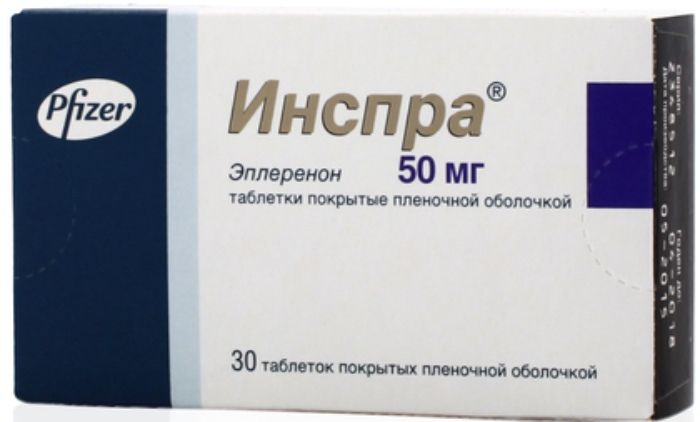
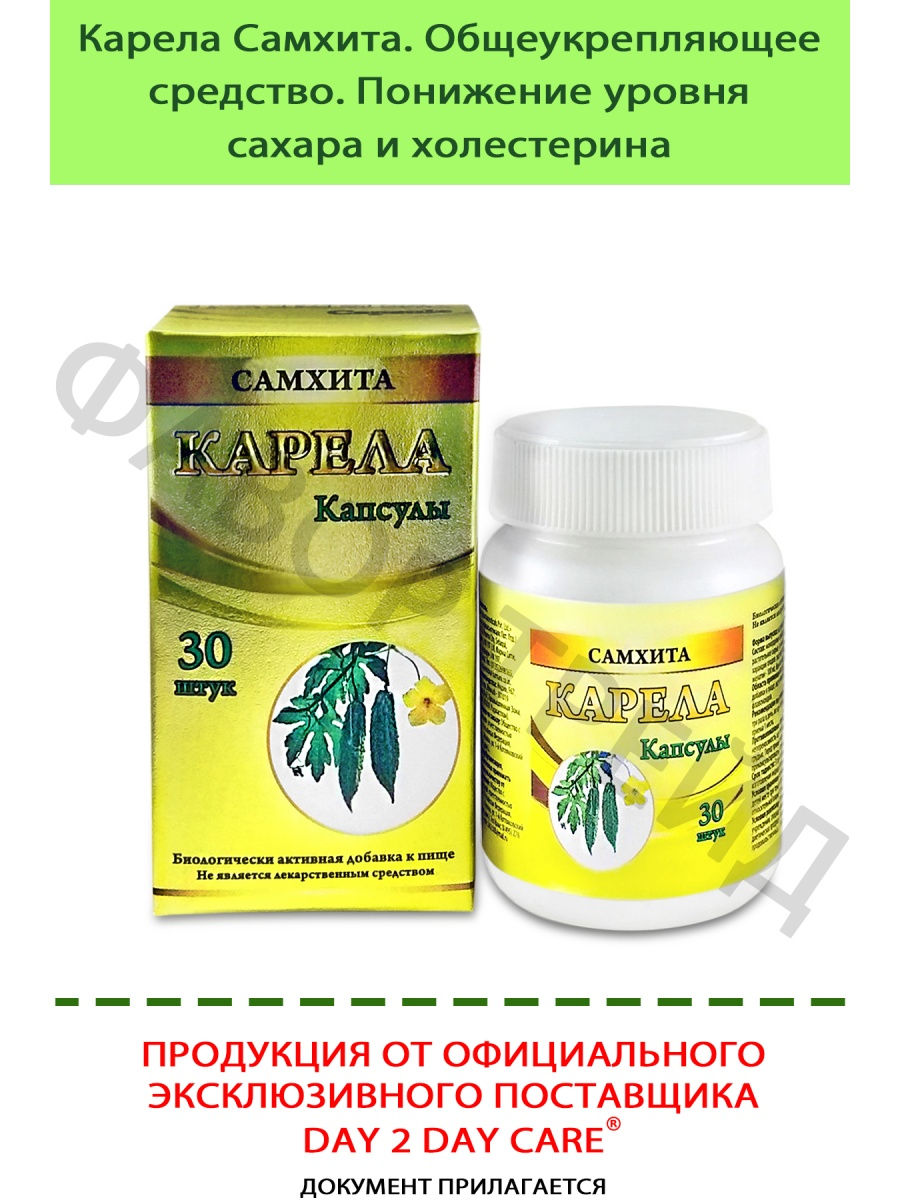
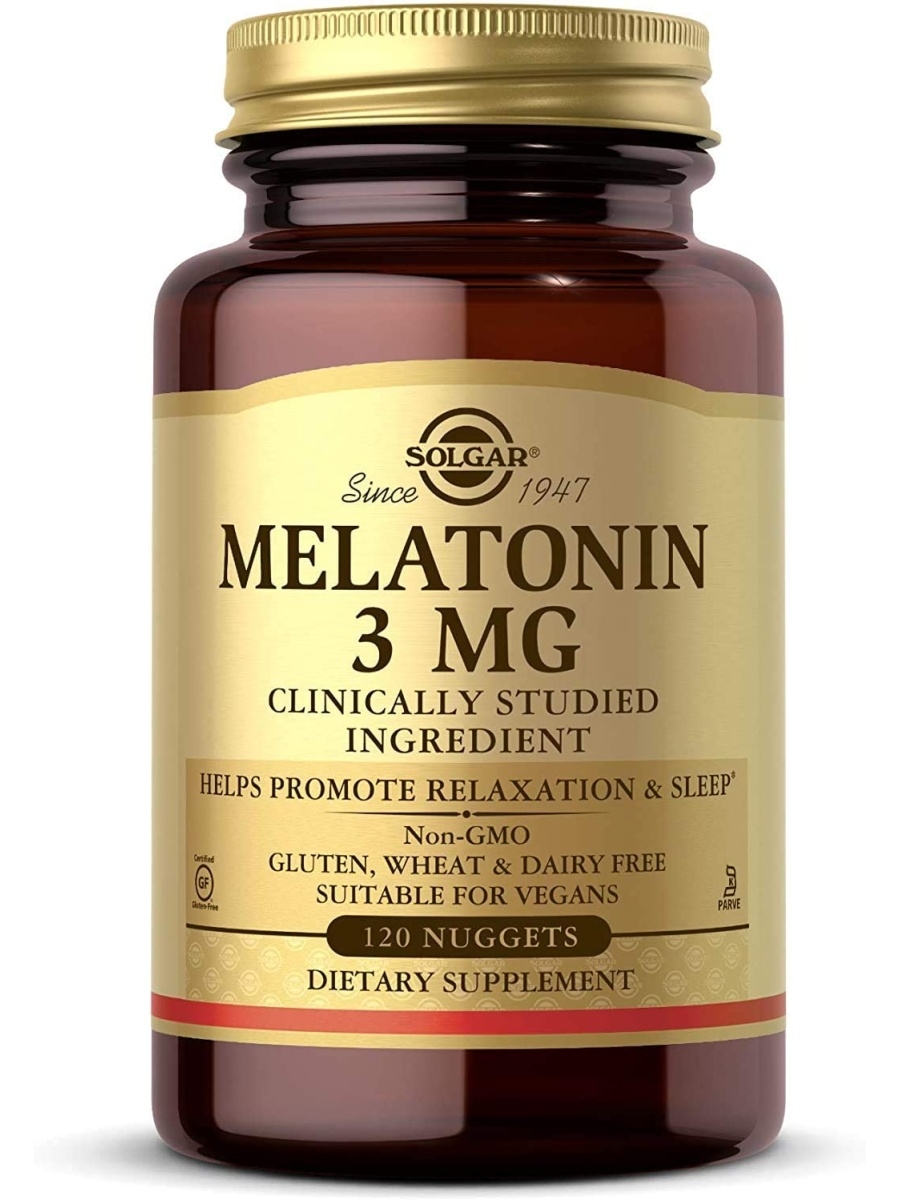
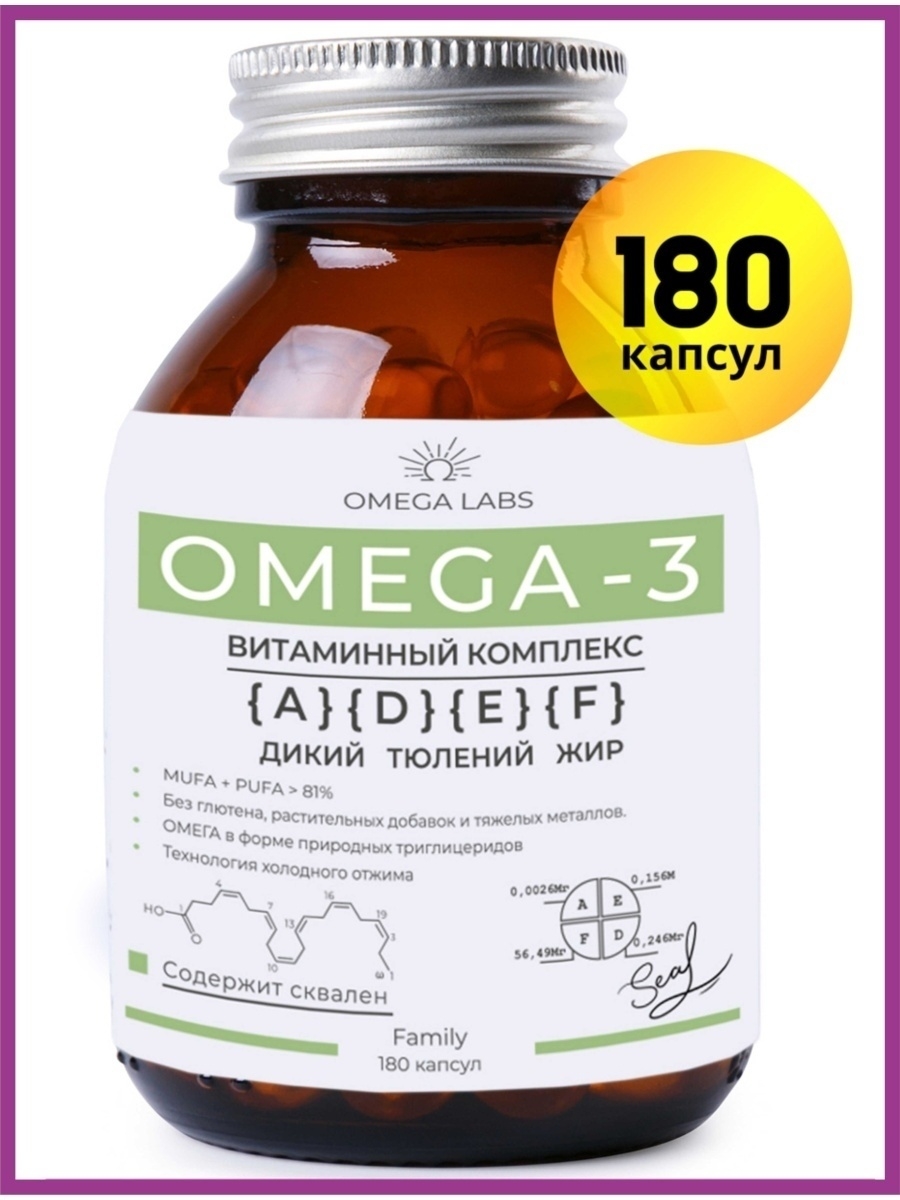

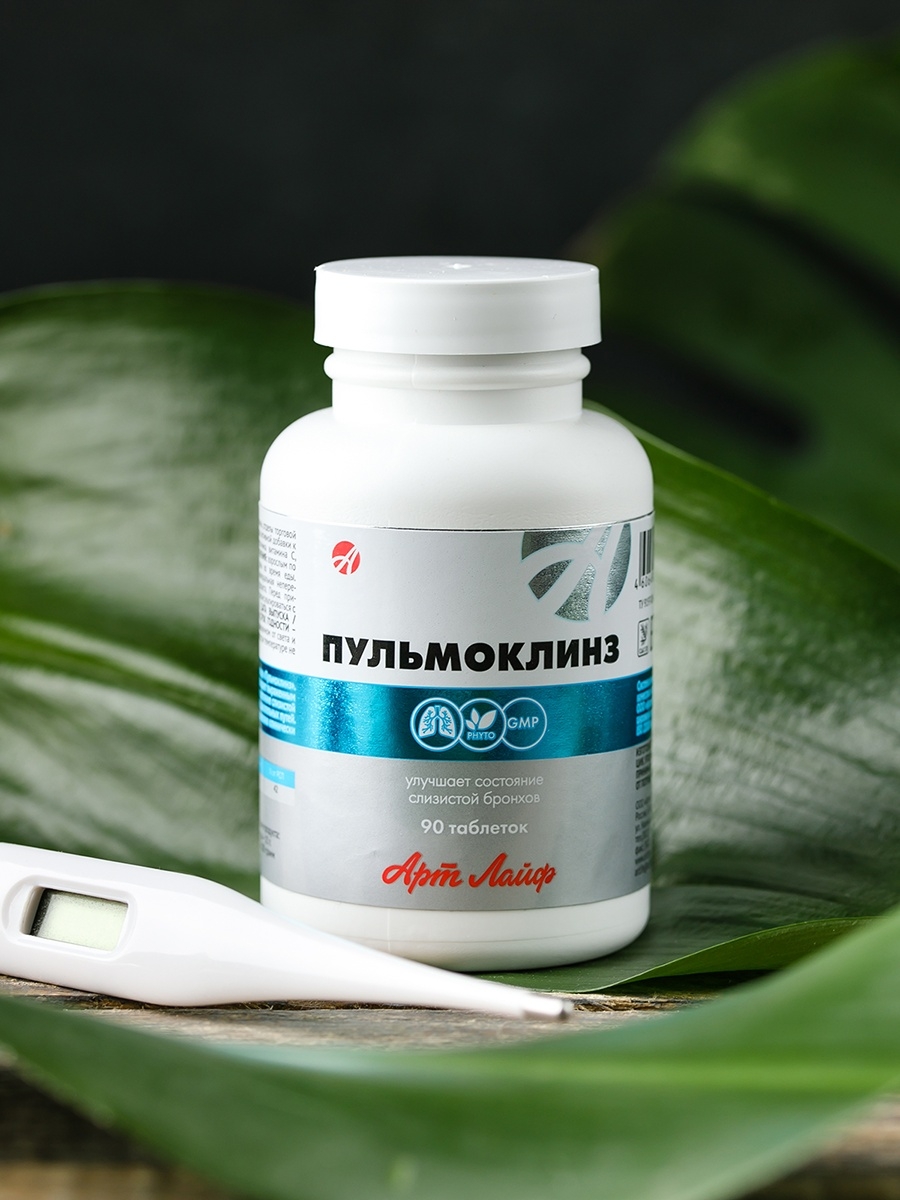
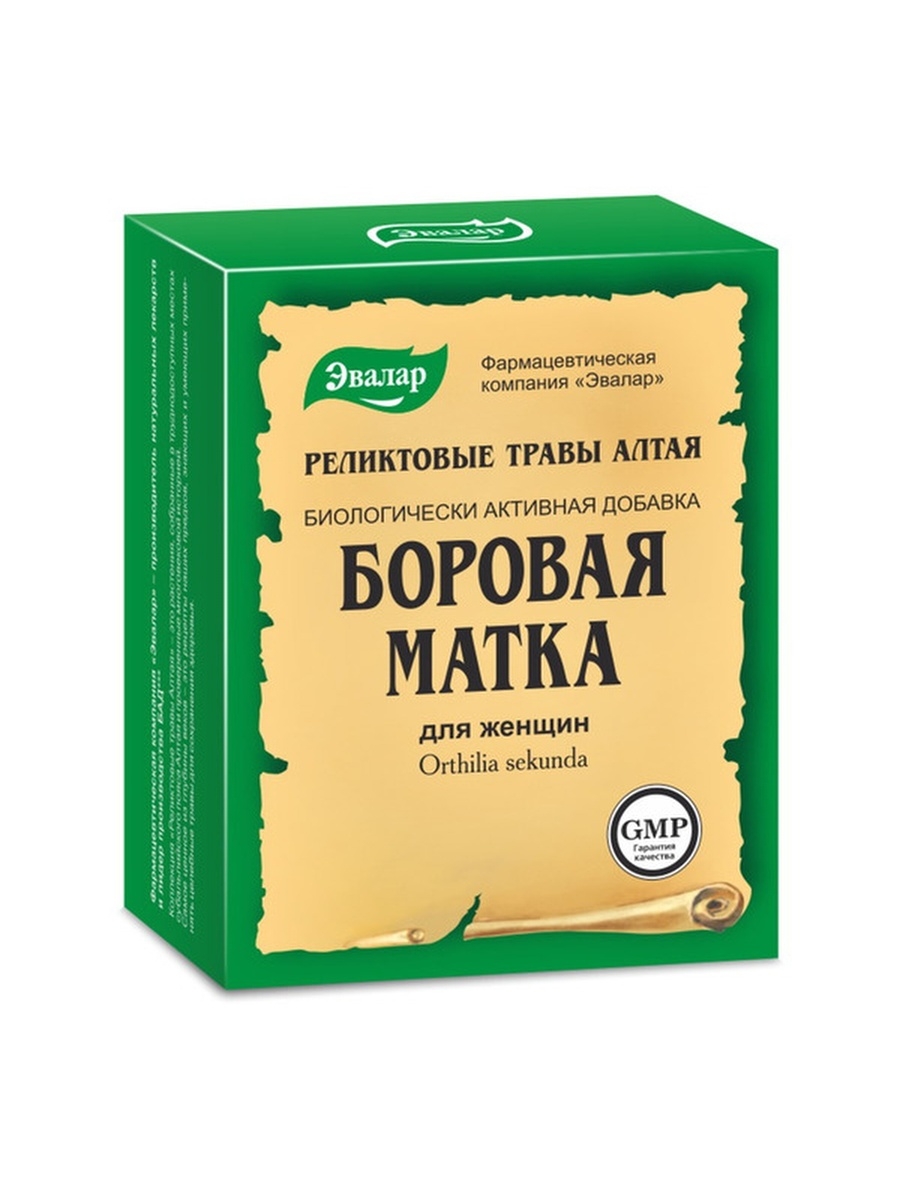




There are no reviews yet.